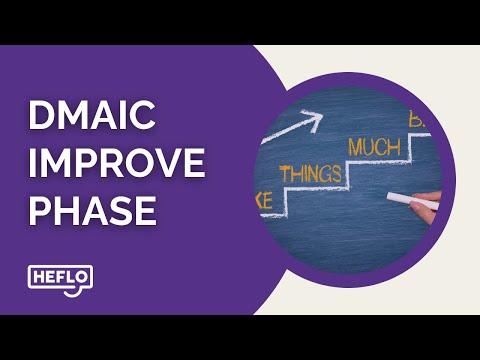Process Optimization
Process Optimization refers to the practice of improving a business process to make it more efficient, effective, and aligned with organizational goals. It involves analyzing existing processes, identifying bottlenecks or inefficiencies, and implementing changes to enhance process flow, reduce waste, and improve overall performance.
Process optimization ensures that resources are utilized effectively, cycle times are minimized, and outcomes meet business objectives, resulting in improved customer satisfaction and reduced costs.
❓ Frequently Asked Questions
Why is Process Optimization important?
Process Optimization is crucial for businesses to remain competitive. It helps in reducing waste, improving customer satisfaction, increasing productivity, and ensuring compliance with regulations. By optimizing processes, organizations can achieve better resource utilization and enhance overall operational efficiency.
What are the steps involved in Process Optimization?
The steps involved in Process Optimization typically include:
- Identifying and mapping existing processes.
- Analyzing processes to identify inefficiencies and bottlenecks.
- Redesigning processes to eliminate waste and improve flow.
- Implementing changes and monitoring results.
- Continuously reviewing and refining processes for ongoing improvement.
What tools can be used for Process Optimization?
Various tools can be used for Process Optimization, including:
- Process mapping and modeling software.
- Data analysis and visualization tools.
- Workflow automation solutions.
- Performance monitoring and reporting tools.
How does Process Optimization relate to Business Process Management (BPM)?
Process Optimization is a key component of Business Process Management (BPM). While BPM focuses on the overall management and improvement of business processes, Process Optimization specifically targets enhancing the efficiency and effectiveness of these processes. Together, they help organizations achieve strategic goals and improve operational performance.
What are some common challenges in Process Optimization?
Common challenges in Process Optimization include:
- Resistance to change from employees.
- Lack of clear process documentation.
- Insufficient data for analysis.
- Complexity of existing processes.
- Limited resources for implementation.
How can organizations overcome challenges in Process Optimization?
Organizations can overcome challenges in Process Optimization by:
- Engaging stakeholders and fostering a culture of continuous improvement.
- Providing training and support to employees.
- Ensuring clear communication and documentation of processes.
- Utilizing technology to gather and analyze data effectively.
- Allocating resources strategically to support optimization efforts.
▶️ Suggested video
Ready to dive deeper? Check out this special video about Process Optimization! It's packed with insights that will help you better understand this topic. Don't miss it! 🚀

🧠 Suggested readings
Want to build on your knowledge of Process Optimization? These articles cover essential strategies and advanced tips to help you deepen your understanding and apply best practices with confidence.
- 📈 Boost Your Bottom Line: The Ultimate Guide to Business Process Optimization
- 📄 Optimizing Procurement: Best Practices in Contract Management
- 🏢 The Advantages of Implementing a Shared Services Center in Your Business
- 📈 Business Process Optimization Examples: Enhancing Efficiency Across Industries
- ⚙️ Streamline Your Production Process: How to Eliminate Bottlenecks and Boost Efficiency
- 📊 Understanding Process Metrics: The Key to Optimizing Performance
- ⚙️ How to Streamline Business Processes for Better Efficiency
📚 Suggested books
Explore these recommended books to broaden your knowledge and deepen your expertise in Process Optimization. Each title provides practical insights and proven strategies to help you advance with confidence.
"Process Optimization: A Practical Approach to Design, Simulation, and Implementation" by Enrique del Castillo
This book provides a comprehensive guide to process optimization, covering design, simulation, and implementation. It offers practical insights and methodologies for improving processes in various industries.
🛒 Search on Amazon"Optimization of Chemical Processes" by Thomas F. Edgar, David M. Himmelblau, and Leon S. Lasdon
A detailed exploration of optimization techniques in chemical engineering, this book covers linear and nonlinear programming, mixed-integer programming, and global optimization, with real-world applications.
🛒 Search on Amazon"Process Optimization: A Statistical Approach" by B. R. Munson
Focusing on statistical methods for process optimization, this book provides tools and techniques for improving process efficiency and effectiveness, with a strong emphasis on data-driven decision making.
🛒 Search on Amazon